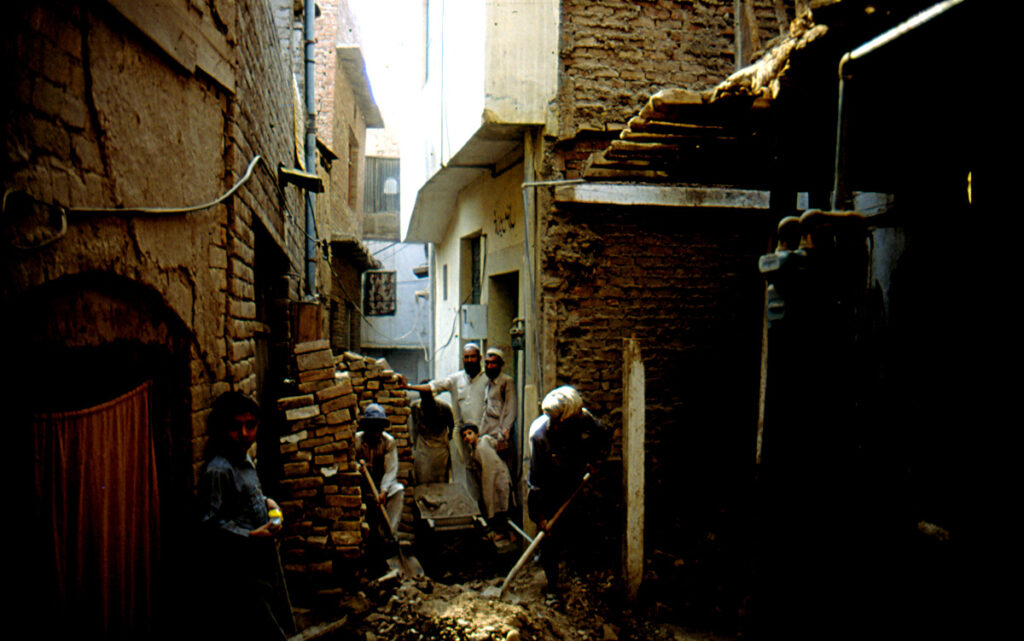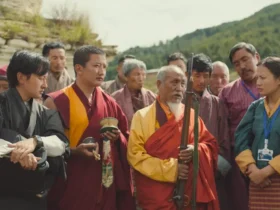
As Europe’s migrant crisis has escalated, many have become familiar with the plight of the Syrian and North African refugees flooding the continent. Given the attention of the international press, it is easy to think migrants to Europe comprise the world’s main refugee population. However, another major group of refugees has been hiding in plain sight for decades, housed in a country already mired in controversy. And as conditions for these refugees deteriorate, they are having to reckon with a crisis of their own: returning home.
The UN commission on Human Rights estimates that over two and a half million Afghan citizens currently reside as refugees in Pakistan, making it one of the largest refugee havens in the world, second only to Turkey. And unlike Syrian migrants who are dispersed throughout the Middle East and Europe, all of these refugees are housed in one country. The movement was catalyzed by the political unrest of 1977-1980 brought on by the Soviet Union’s invasion of Afghanistan, when over a million people decided to escape to Pakistan. Many of these refugees were ethnic Pashtun’s fleeing oppression after the coup of 1978 and subsequent war. Others settled in Pakistan to escape the violence of the Taliban in the early 1990’s.
Originally the government valued the new arrivals because they earned Pakistan moral and political capital over a closed-border West. The country handled the logistics of the refugee glut well. By the late 2000’s, most refugees had been assimilated in large urban areas, enjoying a sense of stability and security impossible in Afghanistan. And after the fall of the Taliban in 2001, some 1.5 million Afghani’s decided to return home. The current numbers of the refugee crisis look something like this: 3 million total Afghani refugees in Pakistan, of which approximately 2.2 million are accounted for within the official Proof of Registration (PoR) process. The PoR program, started in 2006, mandates every migrant obtain a PoR card marking them as an “Afghan citizen temporarily living in Pakistan.” These cards were to be renewed every three years until the Pakistani government felt that the refugees were able to return home safely. The Pakistani government recently extended the rights of PoR holders so they would be able to stay as temporary residents in Pakistan up until the end of 2016. This means that starting in 2017, all of these refugees will become technically illegal.
Unlike refugee crises in Europe or East Africa, the Afghani refugee population is not living in large, temporary camps. They are not “sexy” refugees; having been displaced for so long, most are assimilated into the fabric of Pakistani society. But this is where the danger lies, as complacency over the welfare of these refugees has led to international ignorance of recent flares of violence. Pre-2015, the situation was relatively stable; however, a mass shooting orchestrated by the Pakistani Taliban (TTP) —an anti-government organization separate from the Afghan Taliban—on the Army Public school in Peshawar in December 2014, killing 145 people, completely destabilized the refugees’ situation. Many Pakistani’s blamed the Afghan refugees for this tragedy, even though there was no evidence that the Afghani Taliban was involved in the attacks. The shooting has been called, “Pakistani 9/11.”
In the first six weeks afterward, police abuse and intimidation of the Afghan population increased significantly. Pakistani police forces unlawfully arrested Afghan citizens, seized property and physically assaulted refugees. With the uncertainty of PoR status for Afghans, state police felt as if they had a free license to harass and coerce them. The intent was to intimidate migrants and make them feel so unsafe that they would decide to go back to Afghanistan on their own. On September 30, 2015, Pakistani security forces raided an Afghani market in Peshawar and destroyed a majority of the shops. They demanded bribes from the shop owners so they could avoid arrest for selling produce on what was claimed to be government property. The PoR cards meant to legitimize refugees hold little water in Pakistani law, and migrants still don’t have many official rights in Pakistan. Though the Pakistani Ministry of States and Frontier Regions claims its committed to protecting the rights of refugees, they have been hampered by regional and district governments out for blood.
The scare tactics worked. In January of 2015 more than nine times as many refugees went back to Afghanistan as in December of 2014. Most of these “spontaneous returns” were not officially deported, but were instead families fleeing out of concern for their safety. This “self-deportation” has led to a situation where Pashtuns are now refugees within their own homeland. Many fled the stable jobs and families they had in Pakistan to return to a country with few prospects or support systems. Though they have returned “home”, refugees are actually worse off than they were in their adopted country.
The problem in Pakistan is that of a latent disease. Refugee crises elsewhere in the world move with such speed and scale that it is easy to forget about other, more drawn out crises like this one. The dramatic fixation by western news sources on refugees bound for European countries makes it even easier for policymakers to ignore those refugees stuck in the Global South. There are no pictures of Afghani children on the 24/7 news cycle. But it is imperative to recognize their plight. If actions aren’t taken to reduce police brutality towards Afghans in Pakistan, the world may be facing a refugee crisis on par with the human rights disaster unfolding in Europe now. And, ironically, one set in the country refugees were running from in the first place.
The views expressed by this author do not necessarily reflect those of the Glimpse from the Globe staff, editors, or governors.
[1] Many of the refugees decided to partake in this system in order to gain legitimacy as official refugees, but others did not, fearing that the PoR process was a scheme designed to deport them back to Afghanistan.







